I am a fan of non-fiction books that tell stories about the history of everything through a very specific lens. For example, the book “The Devil’s Cup” by Stewart Lee Allen, explores the history of the world as told through coffee. Allen contends that it was coffee that can be credited for the transition from the Middle Ages to the Renaissance in Europe because people stopped drinking beer all day and instead drank coffee. While perhaps tip-toeing a little close to historical revisionism, I find historical tales about food to be fascinating.
I mention this fascination today because I was all about slurping some noodles this week. Noodles are a perfect example of a food that has had a transformative impact on the world. Both China and Italy claim to be the originator of the noodle. Currently, the first known historical record of a noodle dates back to the third century AD in China. Those noodles were actually closer to tiny bits of bread dough that were cooked in boiling water. The next mention comes from the Jerusalem Talmud in the fifth century where they were described using the term “itrium,” a word that makes an appearance in Syria describing a string-like dough made of semolina flour and dried before cooking. Noodles!
For other foodie-history geeks out there, check out “On the Noodle Road: From Beijing to Rome, with Love and Pasta” by Jen Liu-Liu.
In our house, noodles generally go in one of two directions, Italian or Asian. Nine times out of ten, I want Asian noodles. While that same ratio describes my spouse's preference for Italian noodles. What a problem.
In my quest to solve this predicament, I discovered a really interesting category of noodle cuisine - Asian Italian pasta-fusion. In Japan, the term to describe this fascinating flavor category is “Itameshi,” literally translating to “Italian Food” in Japanese. I haven’t spent a lot of time considering how different foreign cuisines are interpreted in other countries. It’s 2022, of course, there are Italian restaurants in Japan, Thai restaurants in Italy, and Spanish restaurants in South Korea. Restaurants were created and continue to exist all over the world as examples of culinary interpretation and adaptation, changing incrementally to accommodate local tastes, preferences, and the availability of ingredients.
I found a dish that was Italian enough to meet Neil’s request for Italian pasta that also incorporated ingredients that met my need for Asian flavors. As a bonus, I was able to source all of the ingredients that I needed in Fallon.
Tom Yum Spaghetti
Interpreted from a variety of recipes and made in Fallon by Kelli Kelly
INGREDIENTS:
1 T olive oil
1 shallot - thinly sliced
2 cloves garlic - thinly sliced
2 Thai chilis - thinly sliced
6 oz sliced Asian mushrooms (like shiitake and/or oyster)
3 T Tom Yum soup paste (found at the International Market)
1 can whole peeled San Marzano style tomatoes
1 ½ T fish sauce
2 T chili garlic paste (sambal olek or equivalent) optional
1 lb shrimp - peeled and deveined
1 lb spaghetti or other wheat-based long noodles
1 lime juice
1 bunch cilantro - chopped
Grated parmesan cheese
Salt and pepper
DIRECTIONS:
- Start a pot of salted water to boil over high heat and cook noodles per instructions for al dente. Drain and rinse pasta.
- In a pan, heat olive oil over medium-high heat. Add shallots, garlic, and chilis. Sauté until translucent. Add sliced mushrooms, season with salt, and cook stirring frequently until soft.
- Add Tom Yum paste and stir to combine, cook for 1-2 minutes. Add tomatoes, stirring frequently, breaking tomatoes into small bits with the back of your spoon. Add fish sauce and chili garlic paste if using. Let simmer for 10 minutes to thicken the sauce. Correct seasoning with salt and pepper. Reduce heat to just maintain a simmer, add shrimp, and cover.
- When shrimp are pink and cooked through, add the cooked pasta to the pan. Toss noodles to coat with sauce. Serve noodles and sauce in a bowl with shrimp and mushrooms. Squeeze a lime wedge over the top and garnish with parmesan cheese and cilantro.

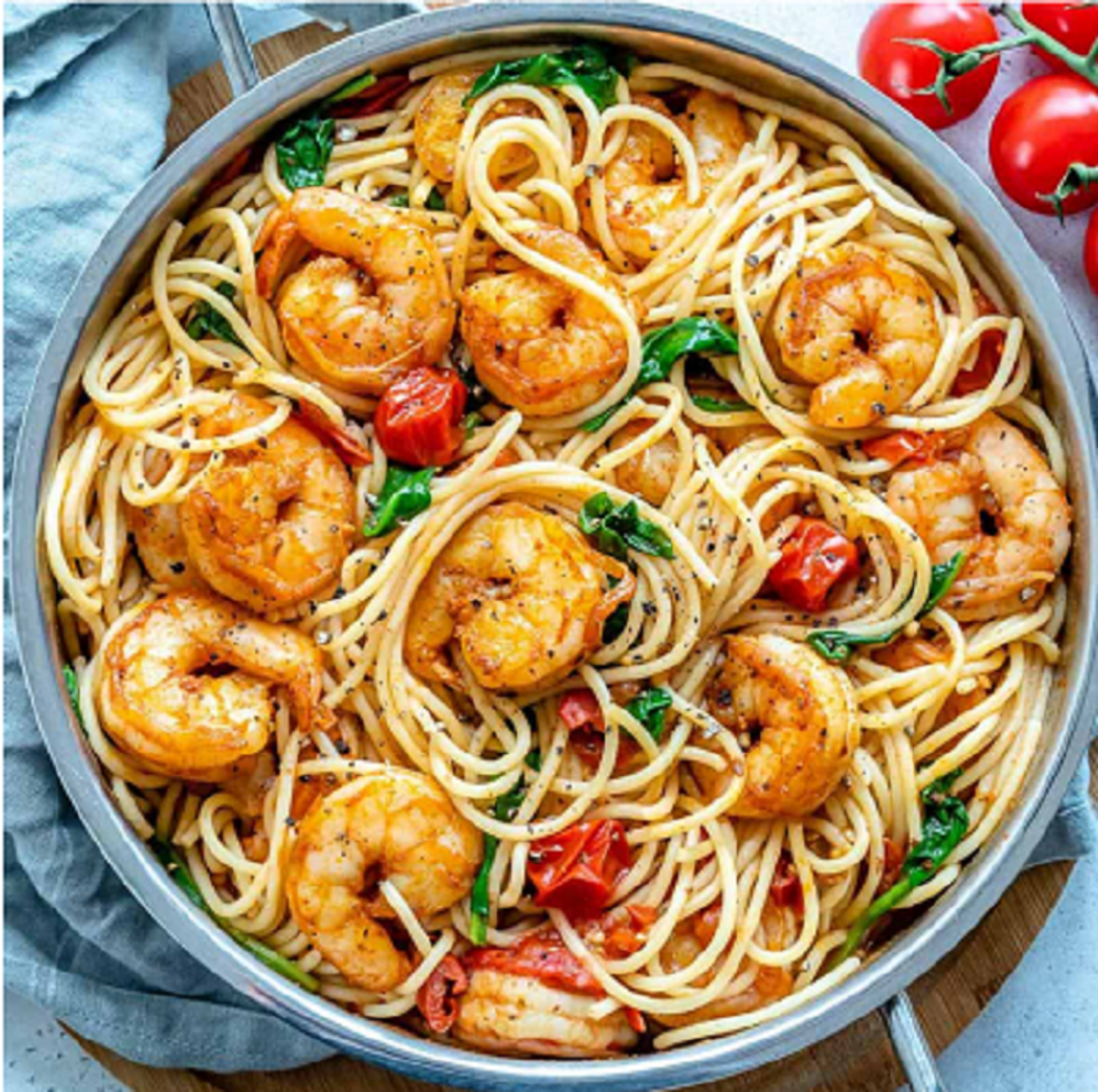
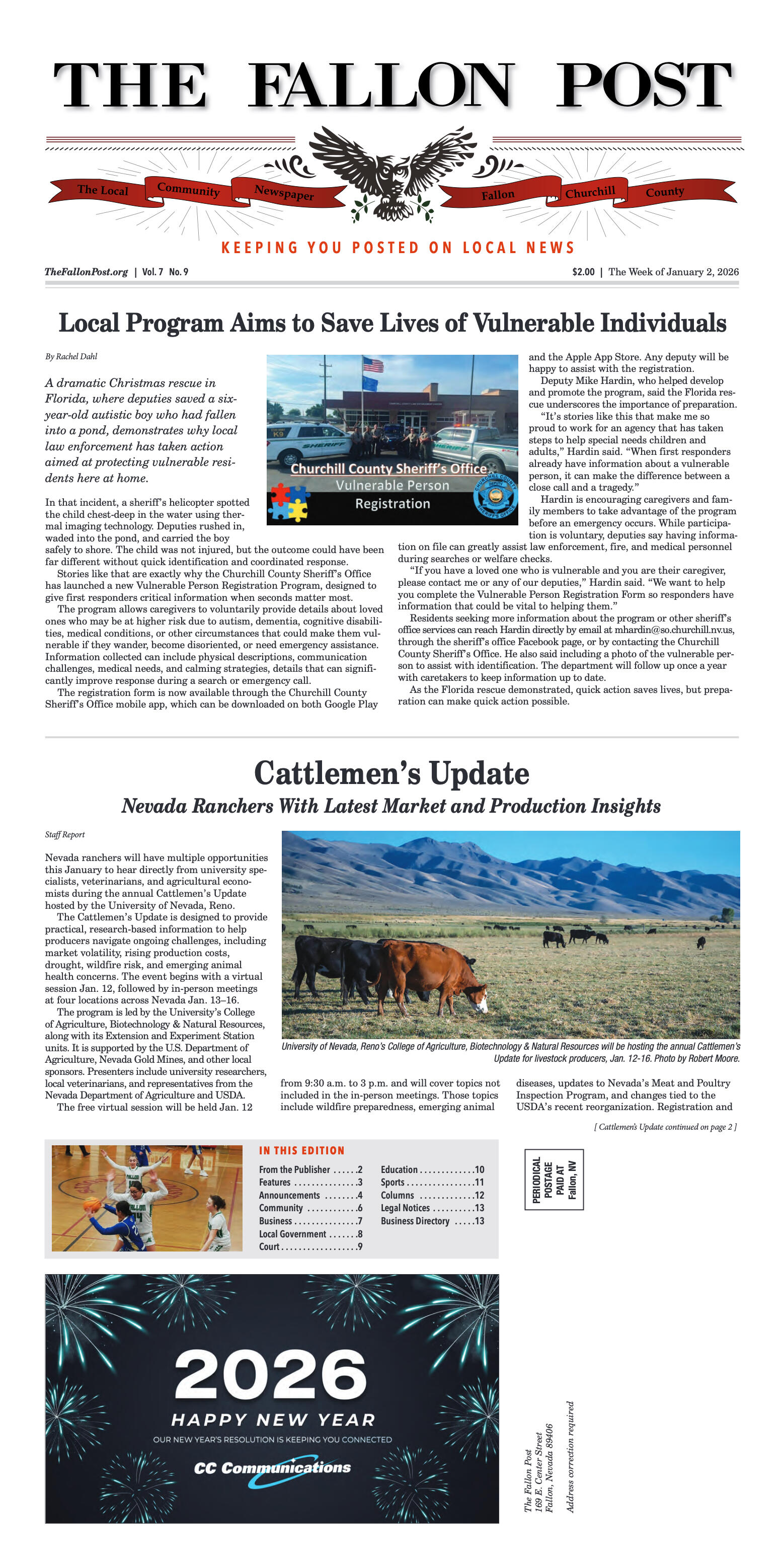
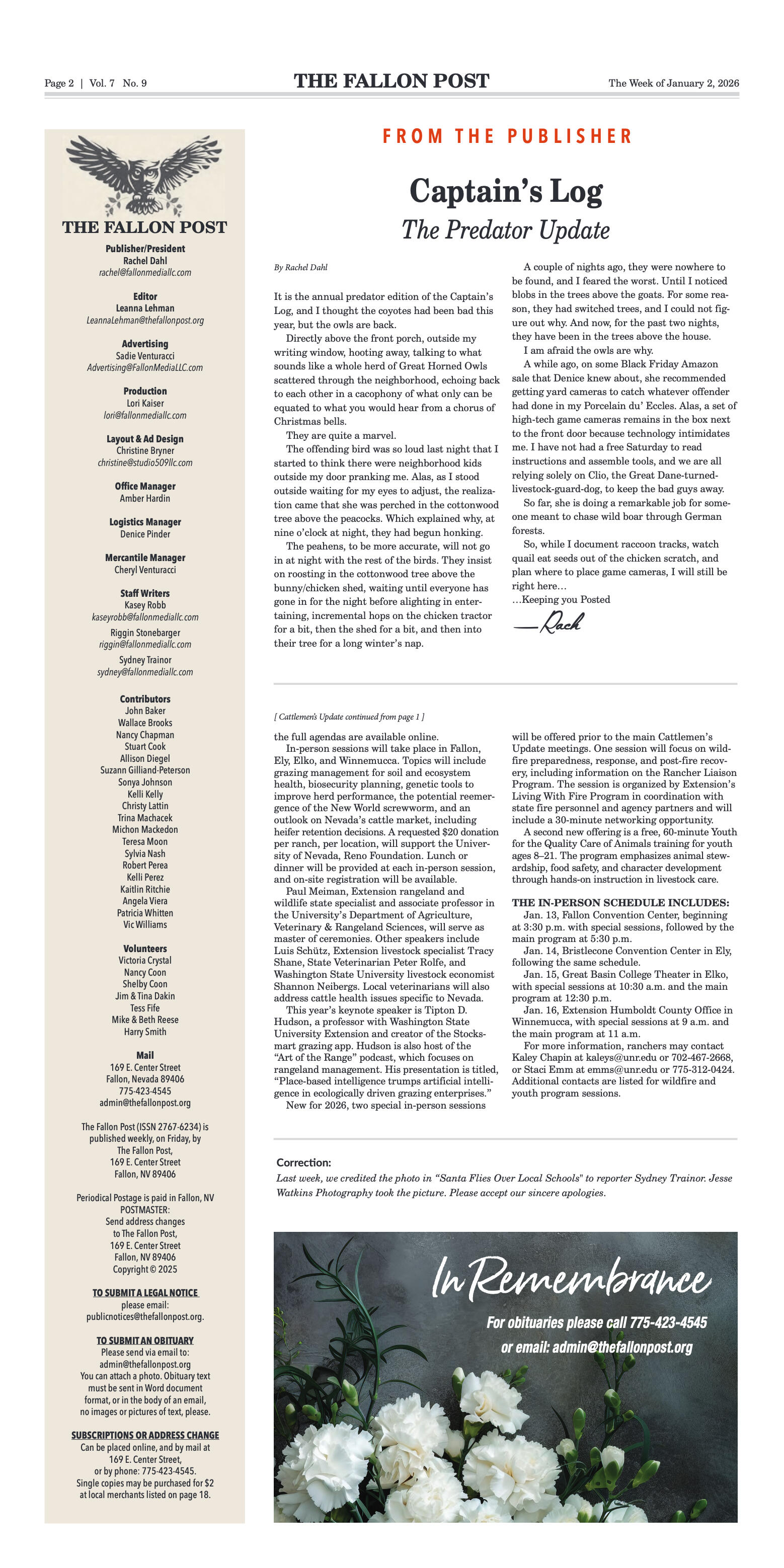
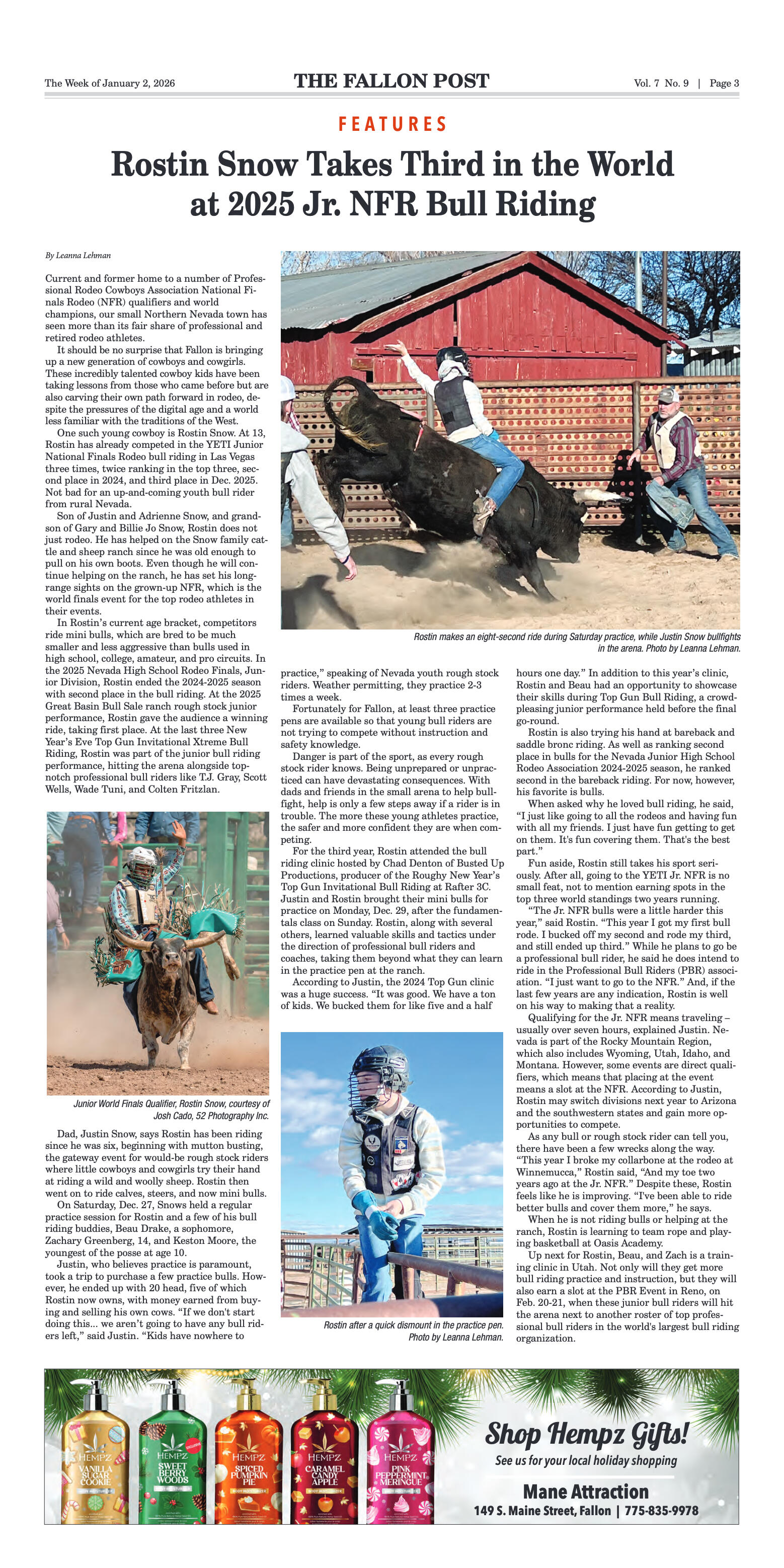

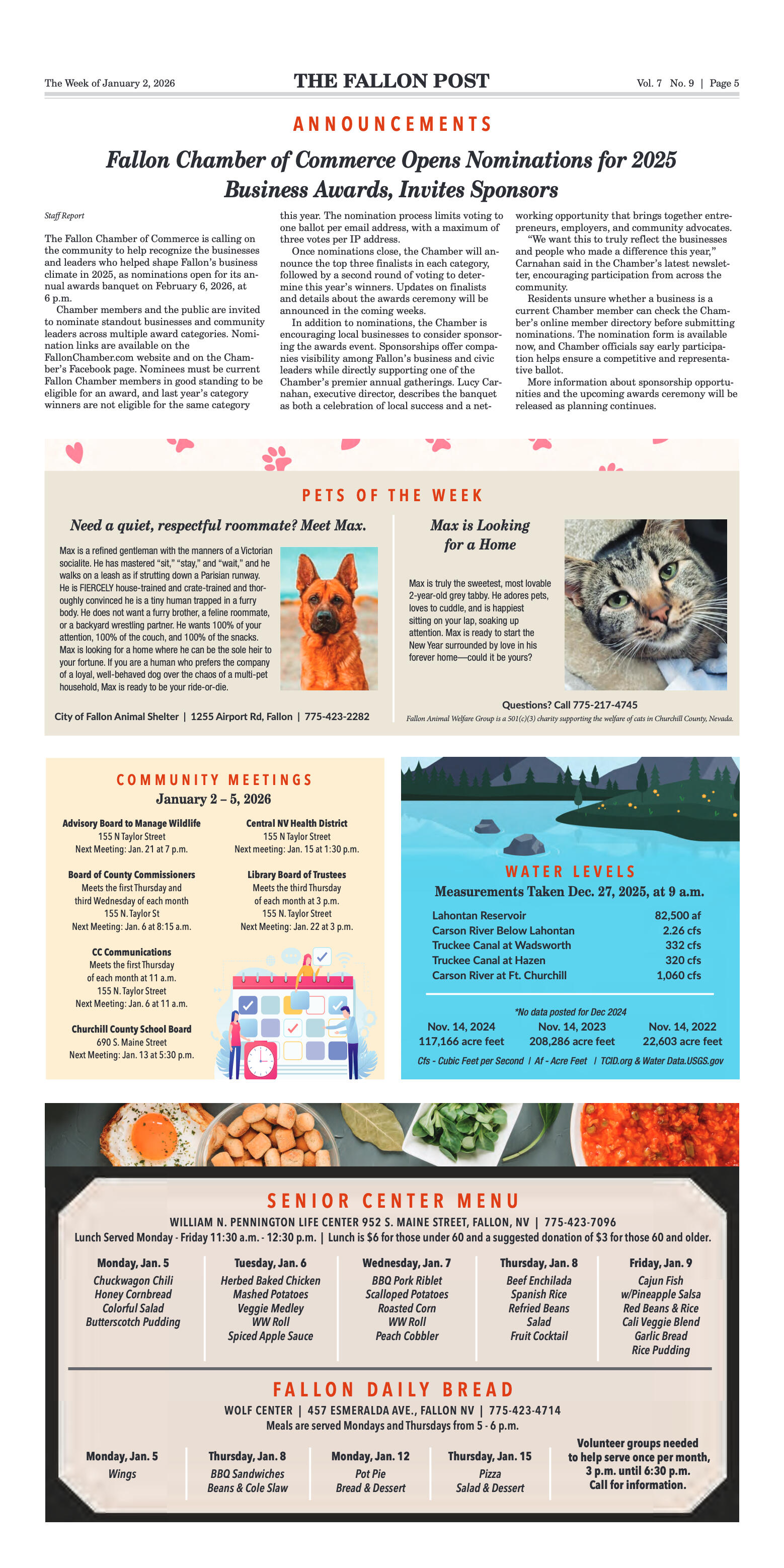
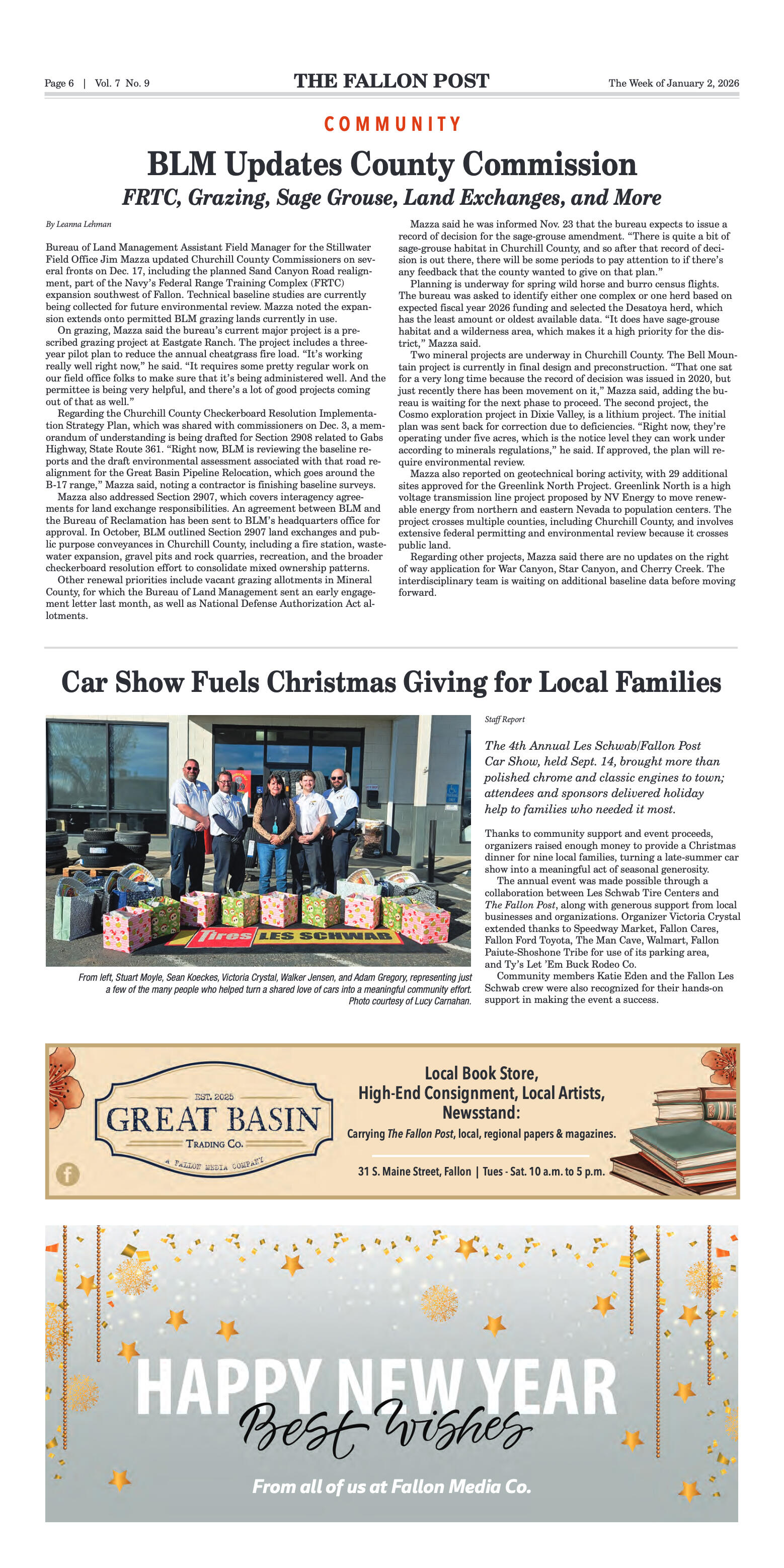
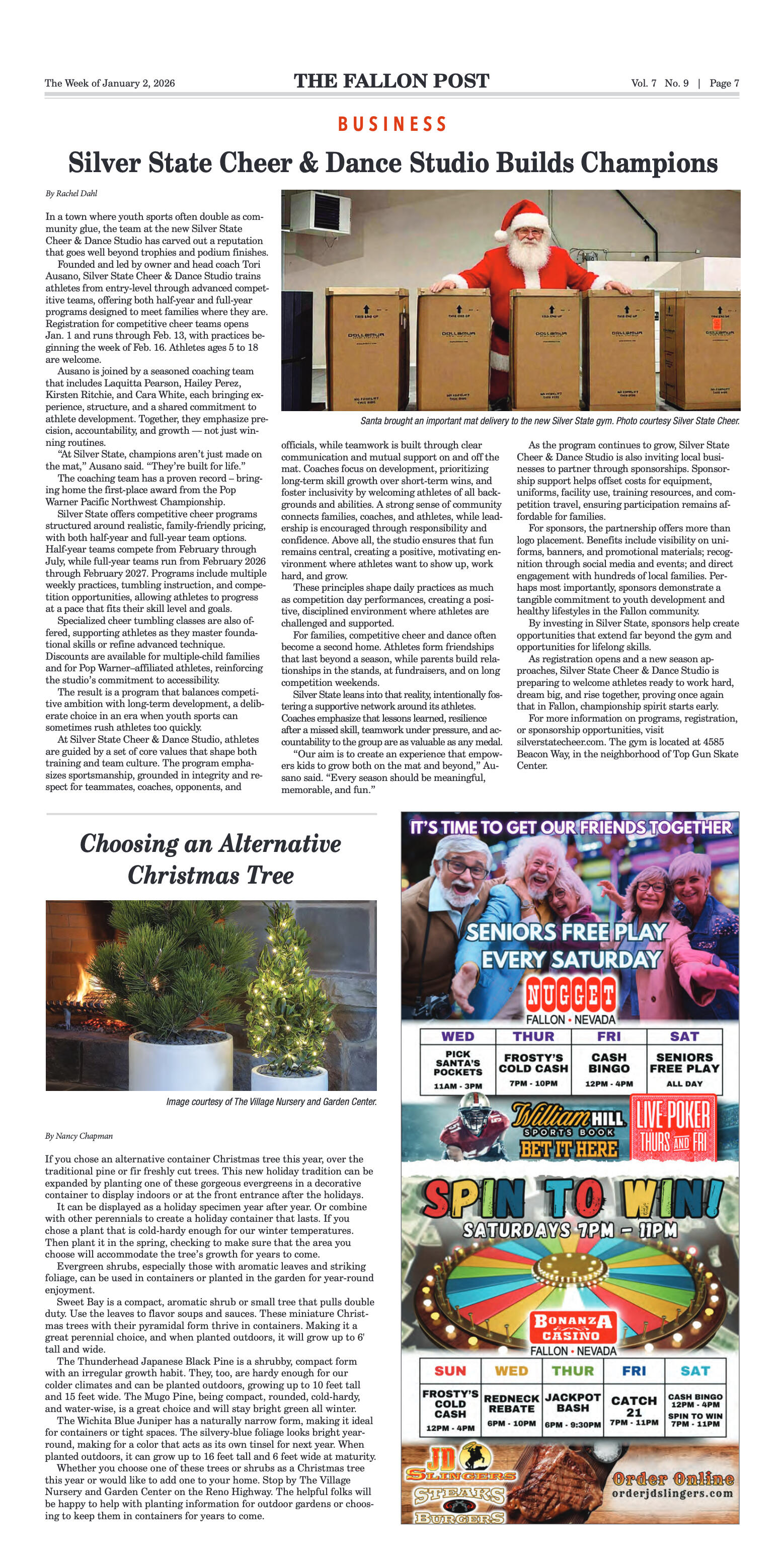
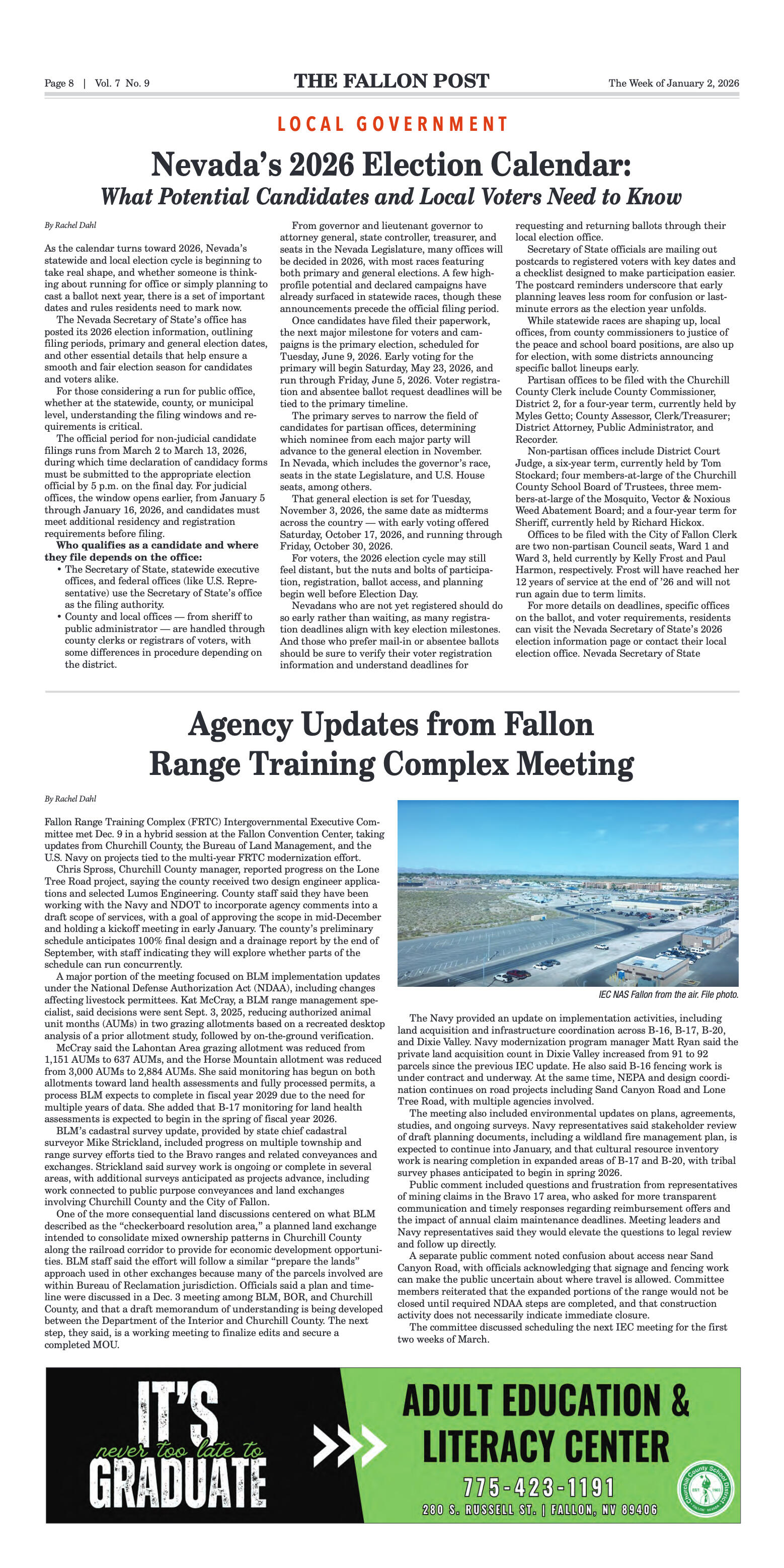
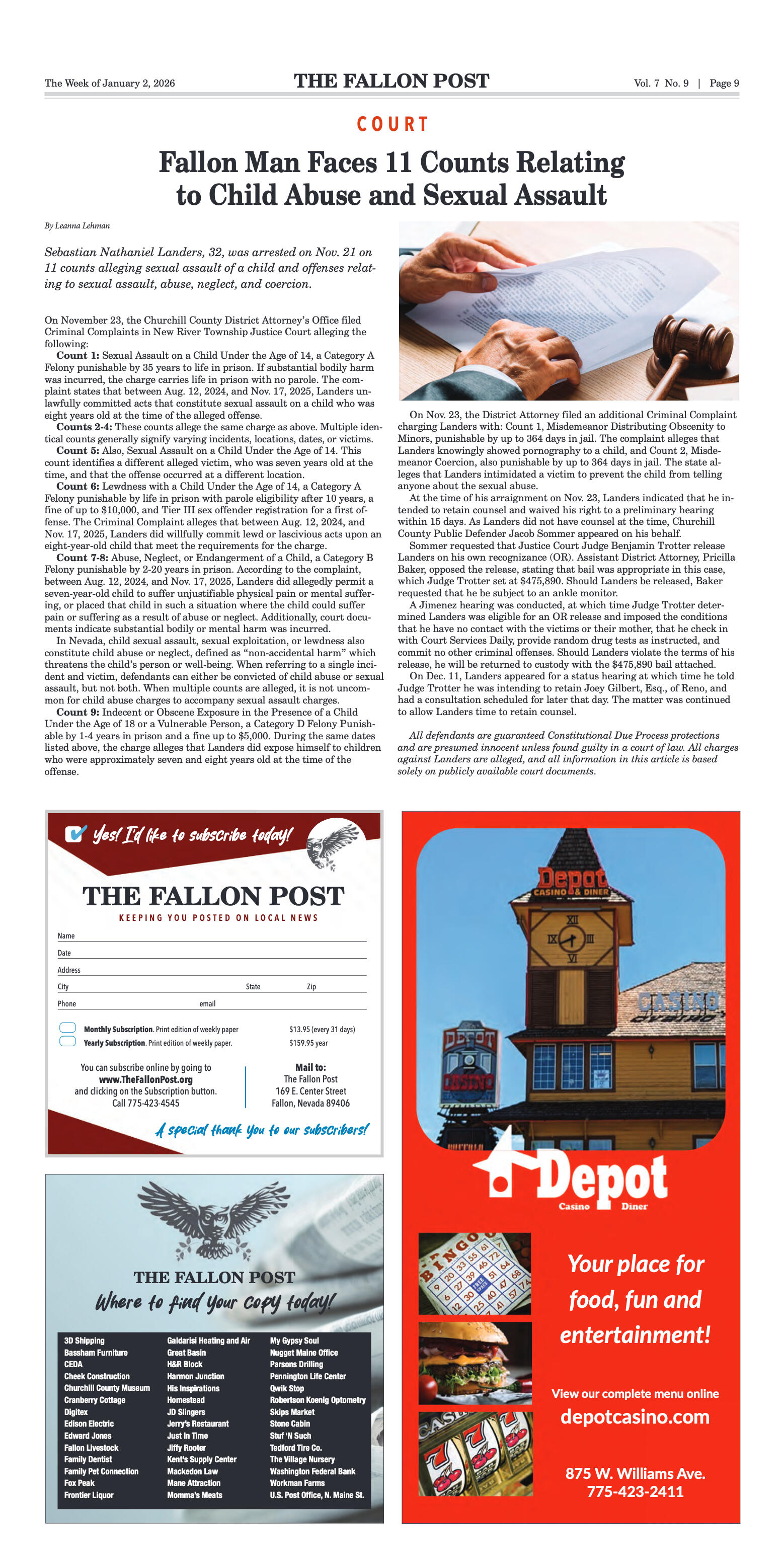
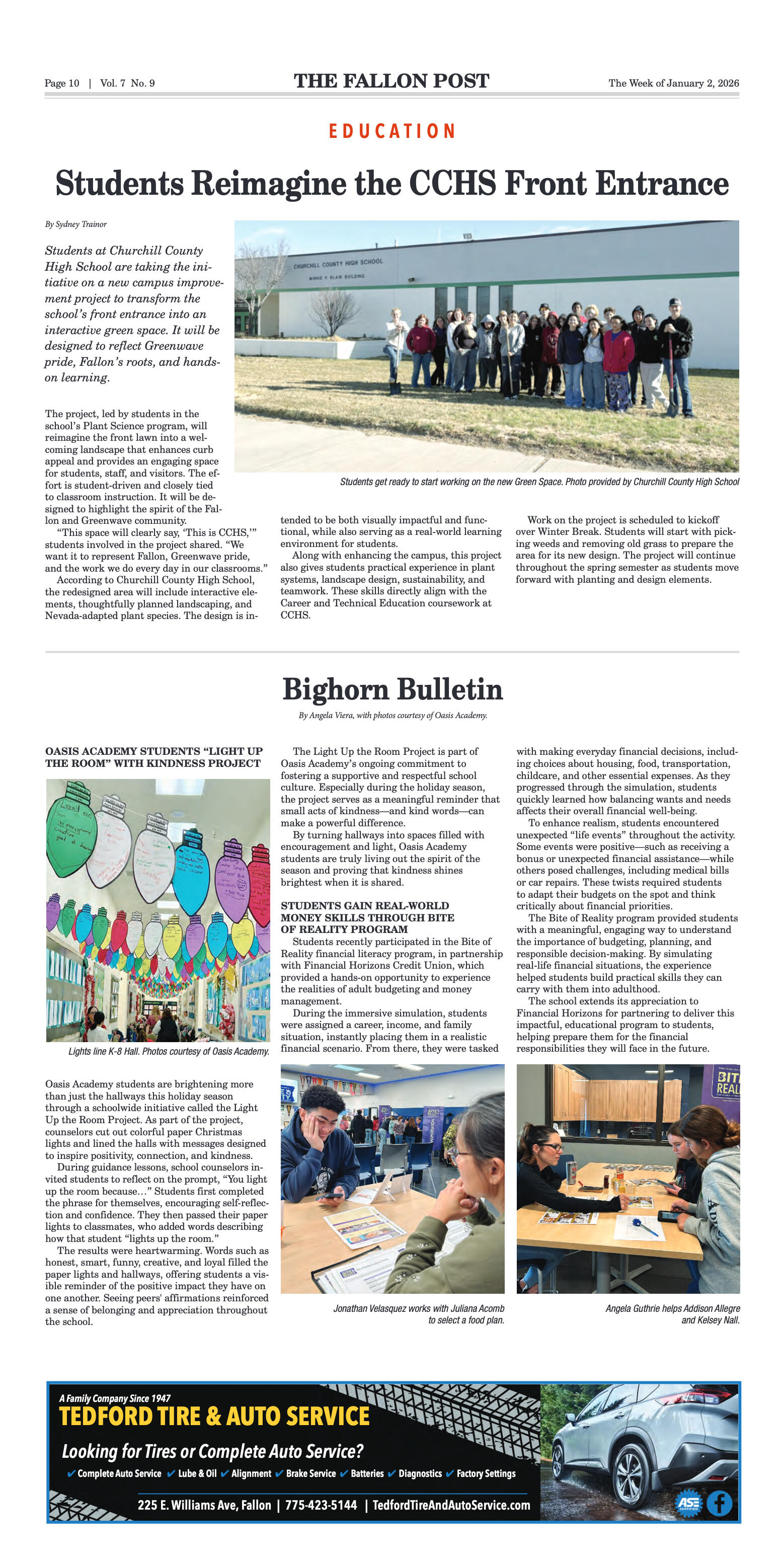

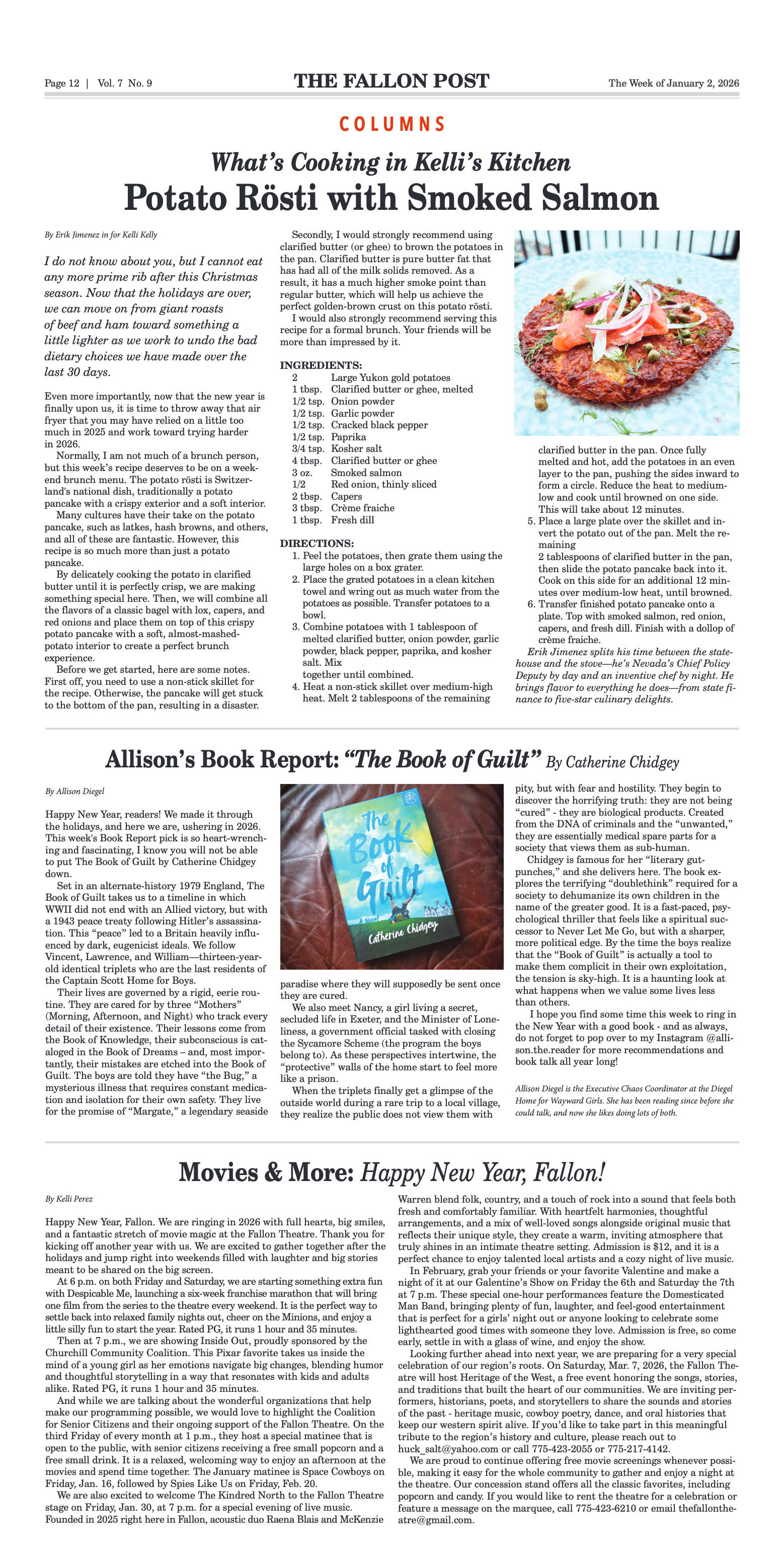
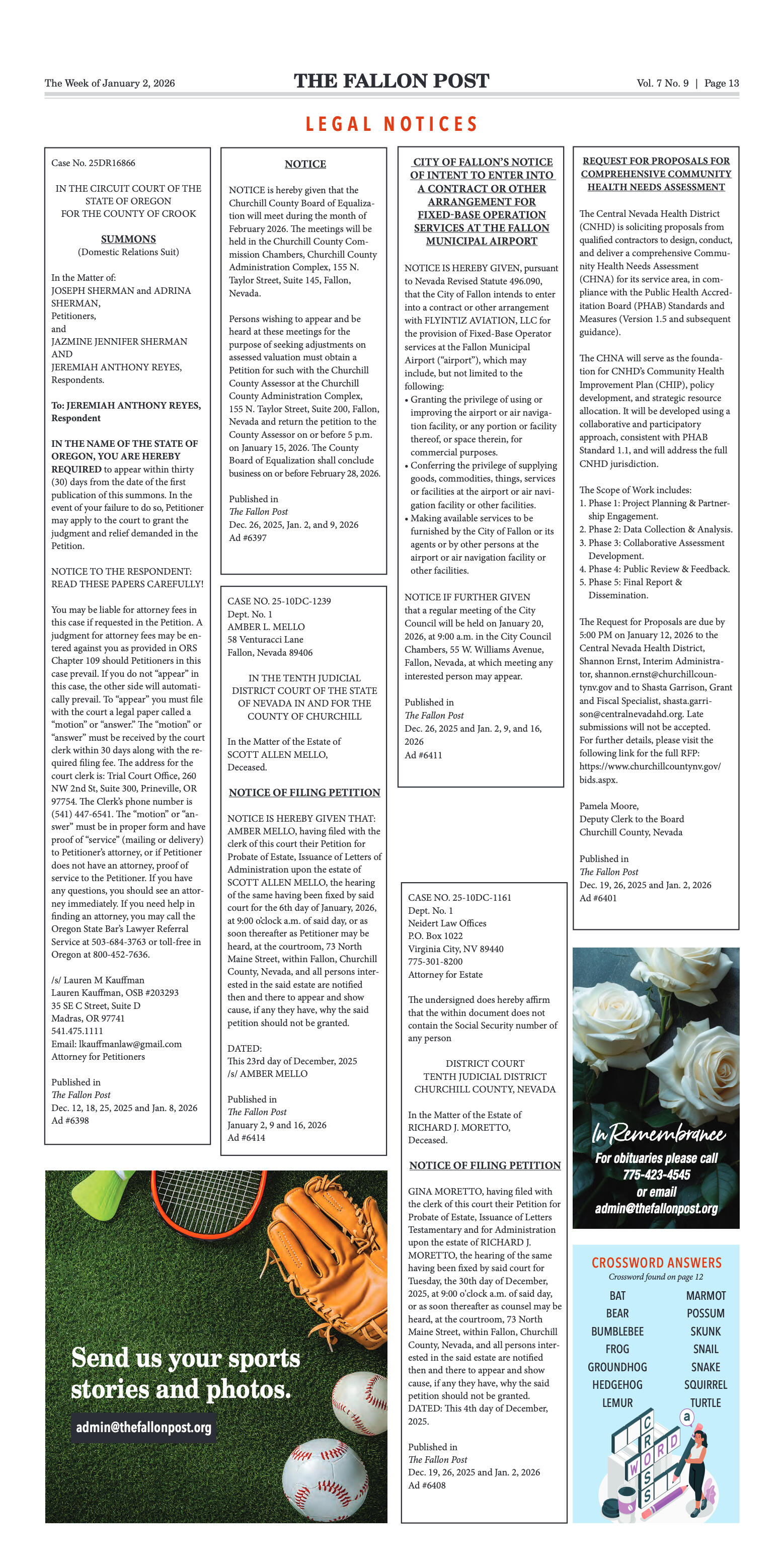
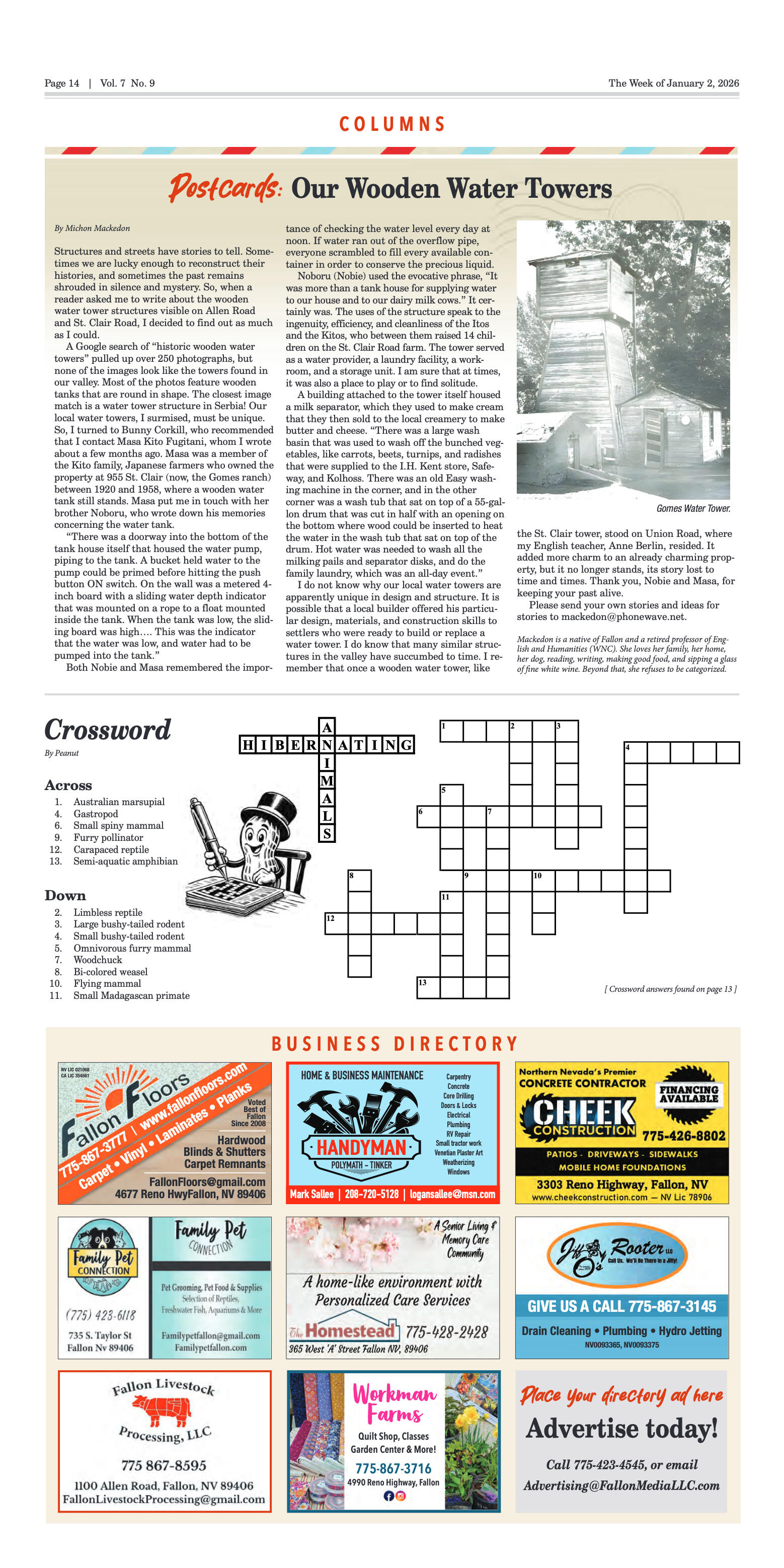

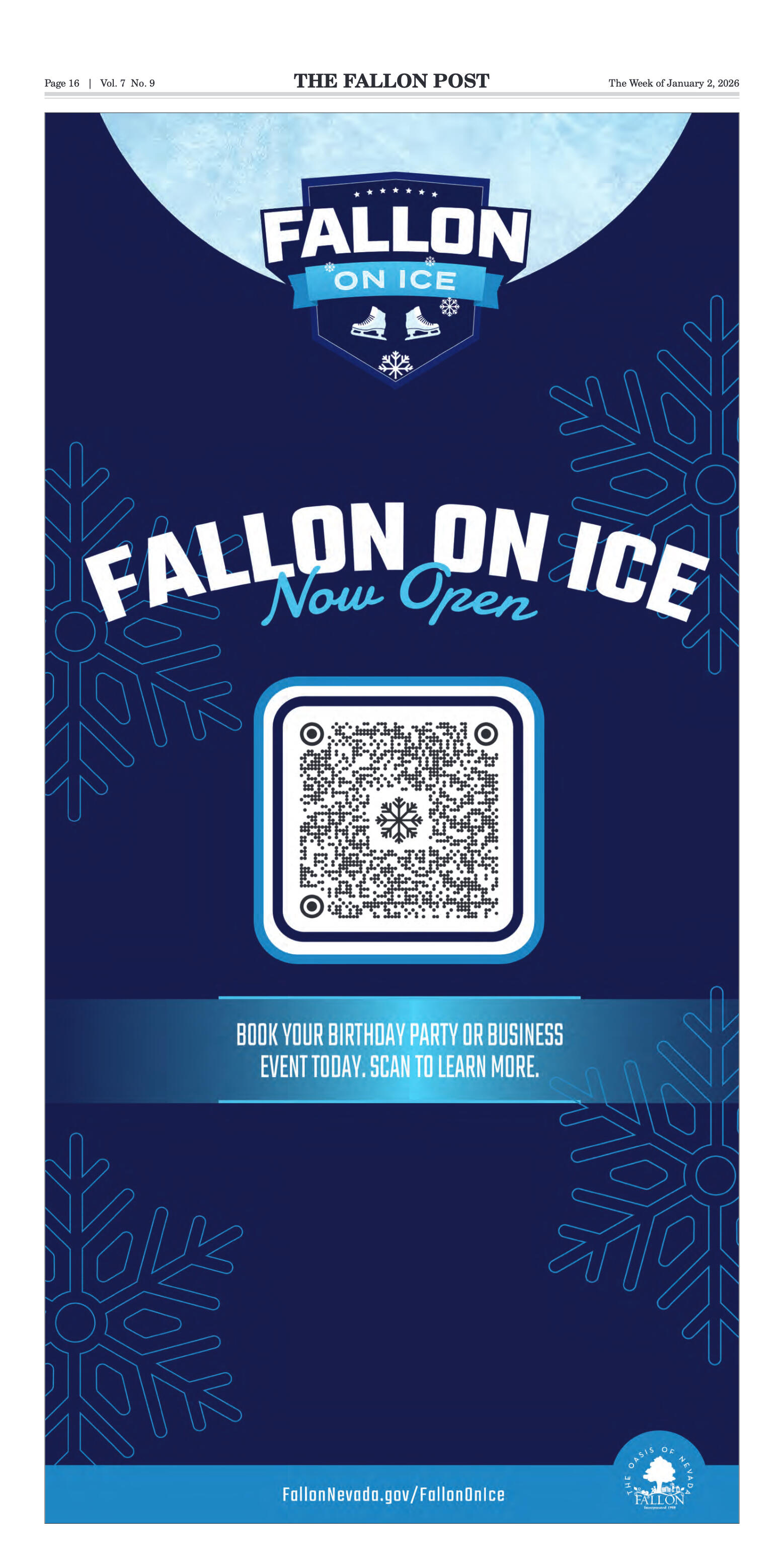






















Comment
Comments